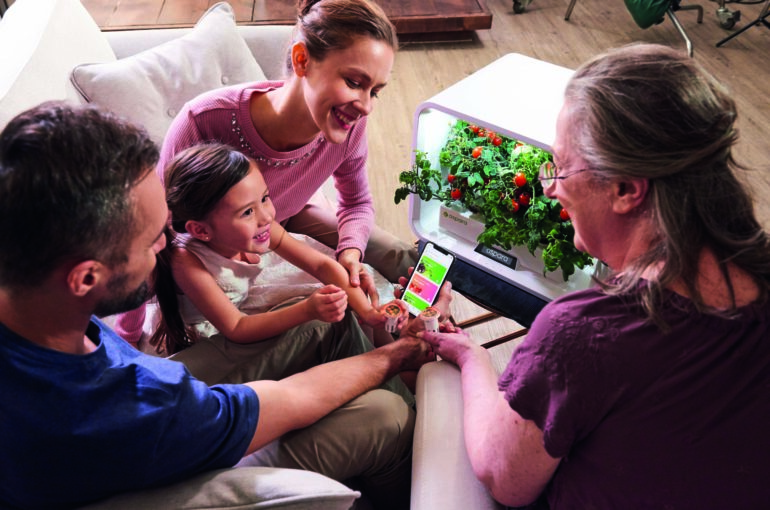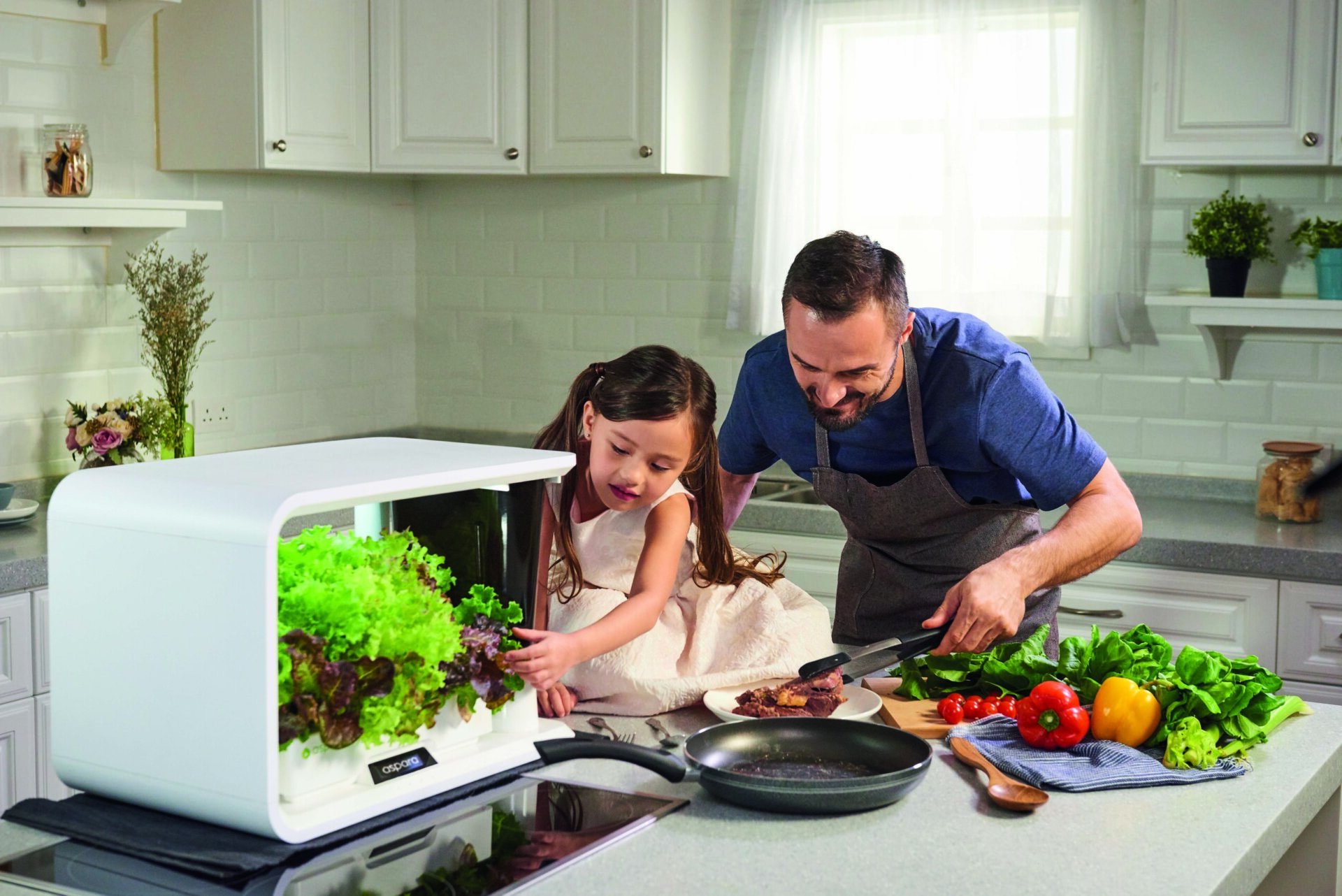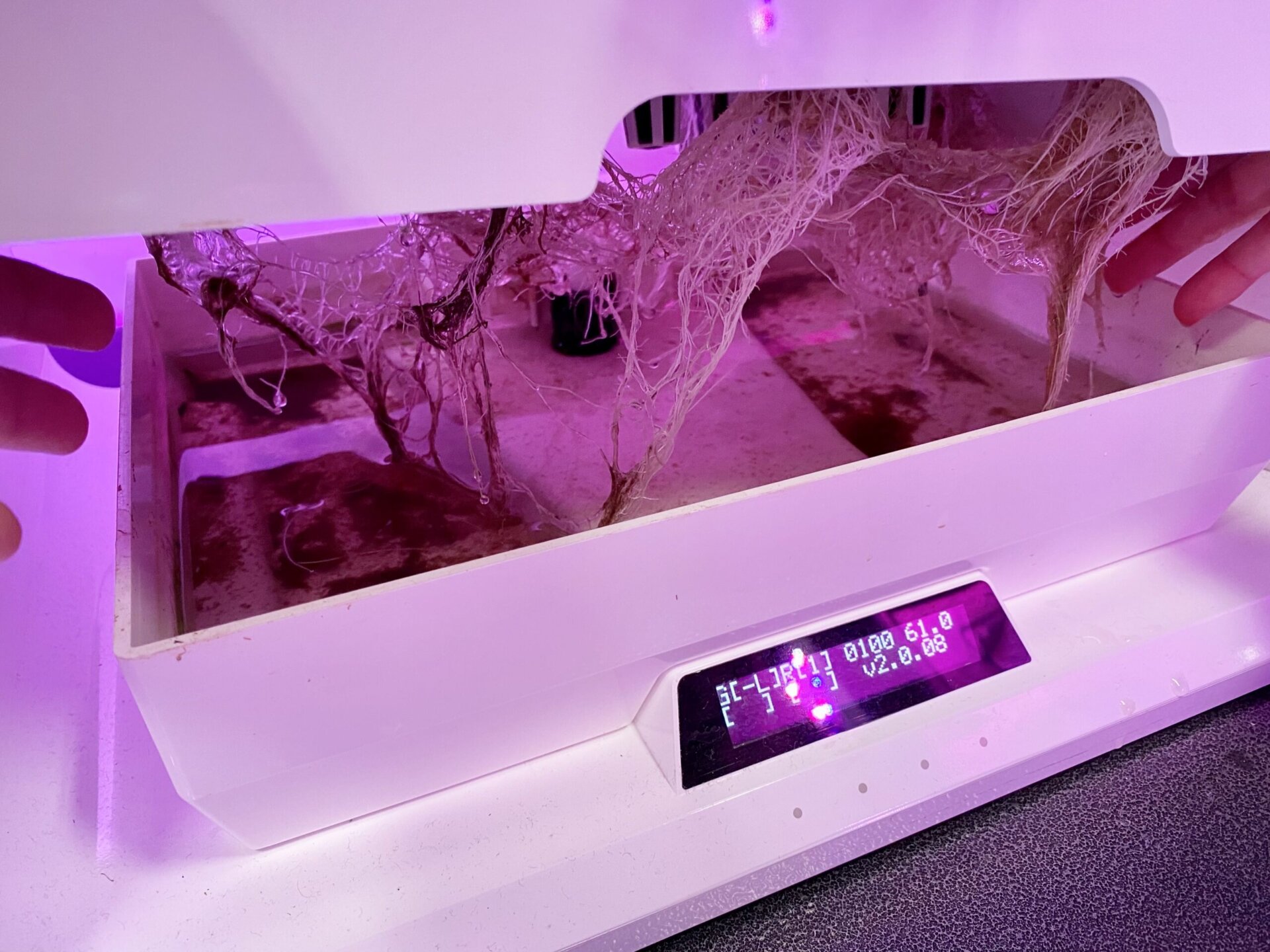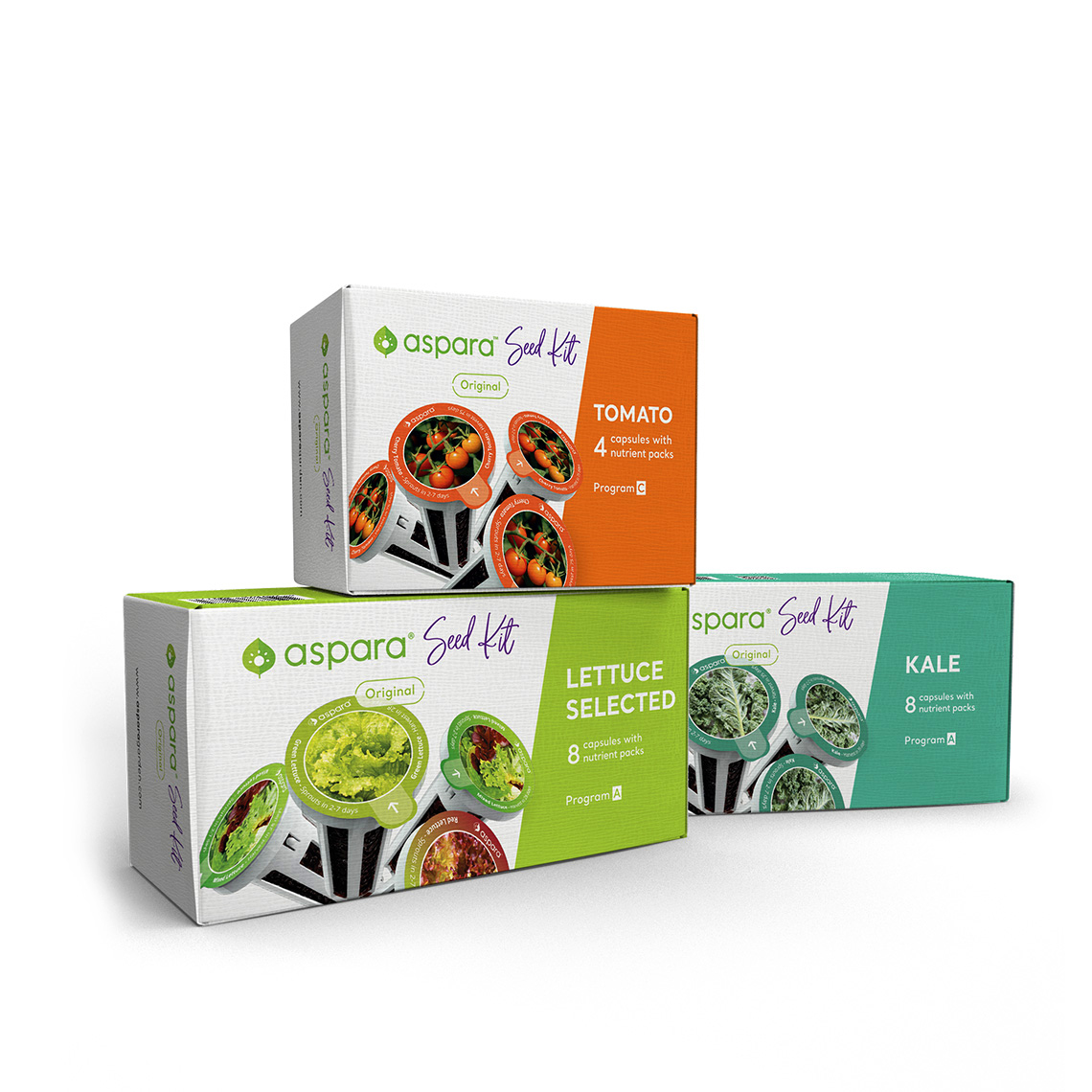Hydroponic System – What Is Hydroponic System

What Is a Hydroponic System?
A hydroponic system is an indoor gardening system where plants are grown in nutrient-rich water, without the use of soil. These types of aspara smart grower can be used to grow a variety of plants, including vegetables, fruits, and aromatics like lavender and mint. The purpose of a hydroponic system is to facilitate the growth of plants in any given environment. The most common hydroponic system method is to use water as the primary growing medium, while adding additional nutrients as necessary. There are no set rules for how to create a hydroponic system or an aspara smart grower, although there are some basic guidelines that can be followed to ensure the best results.
Hydroponic System – New Method of Growing Plants
A hydroponic system is an indoor gardening hydroponic system method for growing plants without soil. It’s a growing trend in North Dakota, but it can also be used to grow healthy vegetables, fruits and herbs that may require fertilisers, pesticides or other chemicals to thrive. A hydroponic system is a hydroponic system method of growing plants using mineral nutrient solutions, in water, without soil. Hydroponics means “working water”. A plant grows roots in aspara smart grower containing various nutrients, instead of soil. The aspara smart indoor garden can be applied either to the soil (where it is called drip irrigation) or it can be the medium the plants grow in (where it is called flood irrigation).
The hydroponic system is often aerated to maintain an adequate dissolved oxygen level and to prevent the growth of anaerobic organisms that would reduce the dissolved oxygen level and begin to decompose organic matter in the water. The roots of the plant are usually contained in a growing medium that holds the nutrients and water in close contact with the roots. The most common growing aspara smart indoor garden mediums are gravel, perlite and vermiculite, but recently more materials such as recycled plastic have been used. A hydroponic system will often include some sort of growing medium for the roots to grow in, a reservoir for the nutrient solution, a way for the aspara smart indoor garden to regularly flow or drip onto the roots, and a hydroponic system method of actively aerating the solution so that it remains oxygenated.
Hydroponics was originally developed by botanists seeking better solutions for growing terrestrial plants and a herb garden housewarming gift in space conditions. The idea was to find a way to grow plants without having to deal with soil and its weight as well as poor aeration of the soil. Growgreen systems that are most often referred to as hydroponics are those that use water as the nutrient transport medium. However, any herb garden housewarming gift that uses mineral nutrients transported through an inert medium can be considered hydroponics (such as gravel or sand), so long as there is no contact with soil.
Hydroponics is the process of growing plants in water instead of soil. It is a hydroponic system method of growing plants without natural soil, where all nutrients are supplied in liquid form. The herb garden housewarming gift solution may be a combination of potassium nitrate, phosphates and other nutrients, but it can also contain anything from seawater to sugar water and vitamins. The nutrient herb garden indoor garden solution is usually fed through porous clay or plastic material that holds the roots suspended in the liquid medium. This enables plants to grow quickly and large with low maintenance costs and labour requirements.

A hydroponic system is a hydroponic system method of growing herb garden indoor garden plants without the use of soil or a natural growing medium by using mineral nutrient solutions. Hydroponics relies on a perfect pH balance, the absorption of water and nutrients into the plant roots, and oxygen transfer to keep the plants alive. The “hydro” in hydroponics refers to the water and mineral solution components, which are sustainably recycled throughout the herb garden indoor garden growing process.
In contrast to the traditional gardening hydroponic system method in New York, which relies on soil for nutrient absorption, a hydroponic system or hydroponic ca relies on a pre-mixed solution that is added directly to the plant’s root zone. This pre-mixed solution contains all of the necessary nutrients for optimal plant growth — including calcium, nitrates, phosphates, magnesium and potassium. The hydroponic system can be constructed from plastic containers with holes poked into them (called “sub-irrigation planters”), buckets with holes drilled into hydroponic ca or attached grow beds that are filled with porous rock wool.
There are many reasons why the Growgreen hydroponic system has become popular over the past few decades. The hydroponic system is efficient. They require less space than traditional gardens and they produce higher yields in less time. Small-scale hydroponic cars can even be used indoors. A hydroponic system is an indoor hydroponic system method of growing plants using mineral nutrient solutions, in water, without soil. Indoor garden smart means working with water; it is derived from the Greek words “hydro,” meaning water, and “ponos,” meaning labour or toil.
In 1950, John made a significant breakthrough when he discovered that plants grown in soil tend to absorb certain minerals (such as calcium) more readily than others (such as magnesium). He later developed an Indoor garden smart nutrient solution that provided a plant with all of its necessary nutrients, thereby eliminating deficiencies caused by soil-bound minerals. His Indoor garden smart discovery led him to develop Hydroponics as we know it today.
An indoor home garden kit is a subset of hydroculture, which is the hydroponic system method of growing plants without the use of soil. The roots are not dependent on soil because they are nourished by a nutrient solution, often called “fertigation”. The nutrient solution is periodically injected into the growing medium. A typical indoor home garden kit hydroponic system consists of the plant container, roots, growing medium (soil), a pump and tubing, along with a water reservoir and feeder. A pump transfers the nutrient solution from the reservoir to the grow bed and back again. The timing and duration of the cycles can be controlled by a simple timer.

Hydroponics is known as “the rock-wool hydroponic system method”, since the indoor home garden kit uses rockwool as its growing medium. Rockwool is spun glass and resembles a miniature version of standard building insulation. It provides many advantages over other types of growing media. Indoor seed kit is a type where all or part of the roots are suspended in an air or mist environment without any medium for anchorage. Parts such as leaves or shoots may be immersed in a liquid nutrient film to provide nutrients in hydroponics. In deep water culture (DWC), also called raft culture, plants are grown in.
A hydroponic system is a way of growing plants without using soil. It can refer to both the hydroponic system method and the equipment used for this purpose. The term Indoor seed kit also applies to the hydroponic system method used for growing aquatic plants as well as soil-based plants. The hydroponic system method of kitchen planter box is especially useful in situations where: there may be a need to reduce the danger of contamination from soil-borne diseases, insects, and vermin; non-point source pollution from runoff and irrigation water quality may be a concern; dissolved mineral concentrations are impractical or costly to match with that of natural soil; the mobility of the Indoor seed kit makes it difficult to maintain adequate nutrient levels through traditional fertilisation hydroponic system s; or various combinations of these conditions.
A hydroponic system is a type of growing system where plants are grown in water, instead of soil. Kitchen planter box is a hydroponic system method of growing that doesn’t use soil at all. Instead, the roots are immersed directly in a nutrient solution which is usually held in some type of inert material like gravel or expanded clay pellets. The roots draw on this rich nutrient kitchen planter box solution for their sustenance, and the plant grows upward through the inert medium to reach light.
The great advantage to a hydroponic system is that when you’re growing a seed pod hydroponic with the help of a hydroponic system, you don’t have to worry about your plants’ roots becoming tangled up in soil. This makes it easier for you to move and adjust your seed pod hydroponic plants as necessary. You can also grow plants indoors and out, even if there isn’t much soil available. In addition to ease of use, hydroponics can also be cheaper and more efficient than traditional gardening because there’s no need for additional fertiliser or soil amendments.

The types of systems from Growgreen used for the seed pod hydroponic vary widely, with some being quite simple while others are complex systems that look like laboratories. All work toward the same goal: using a mineral solution to provide the nutrients needed by the plants. Hydroponics is a hydroponic system method of growing cherry tomatoes planter box using mineral nutrient solutions, in water, without soil. Plants are grown with their roots immersed in the solution. The hydroponic system is used both in commercial horticulture and in greenhouse cherry tomatoes planter boxes, as well as for indoor hobby gardening. The roots of the plant are held in place in an inert medium, such as perlite or another porous material, while nutrients are delivered to the plant’s leaves by diffusion.
In some cases a hydroponic system will also supply oxygen to the roots via the nutrient solution. A hydroponic system is a hydroponic system method of growing an indoor herb garden planter box in water without soil, which makes it possible to grow plants year-round indoors or anywhere with artificial lighting. Plants are grown in nutrient solutions rather than in soil. The nutrient indoor herb garden planter box solution is pumped through the roots by submersible pumps, and recycled back into the system. The first use of the word “hydroponics” was in 1872 by Dr. William Frederick Gericke, who is considered the “Father of American Hydroponics”. In his experiments, Gericke found that indoor herb garden planter boxes in soil grew poorly and plants in water could only survive for a short period of time. He then developed ways to improve plant growth in water.


